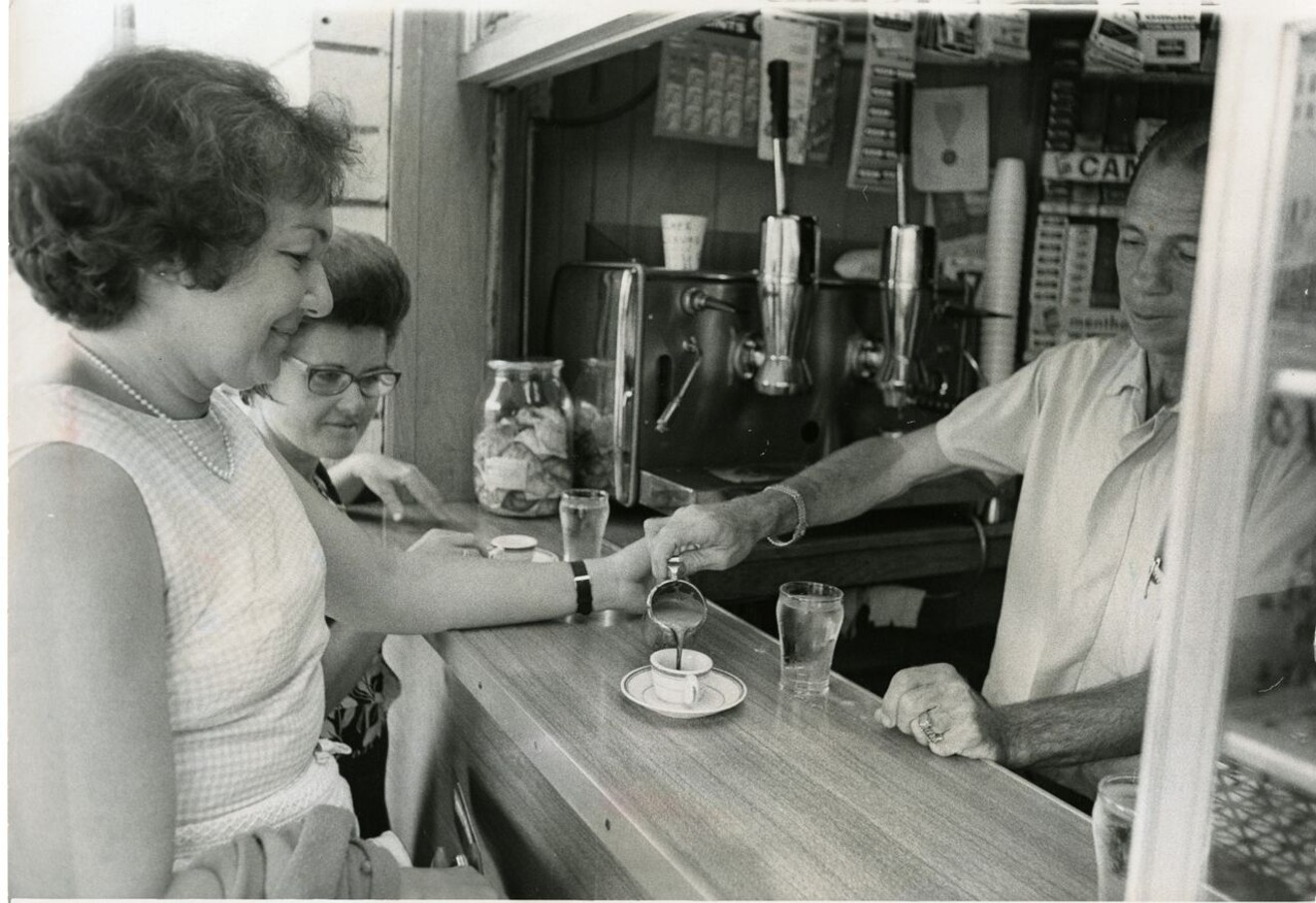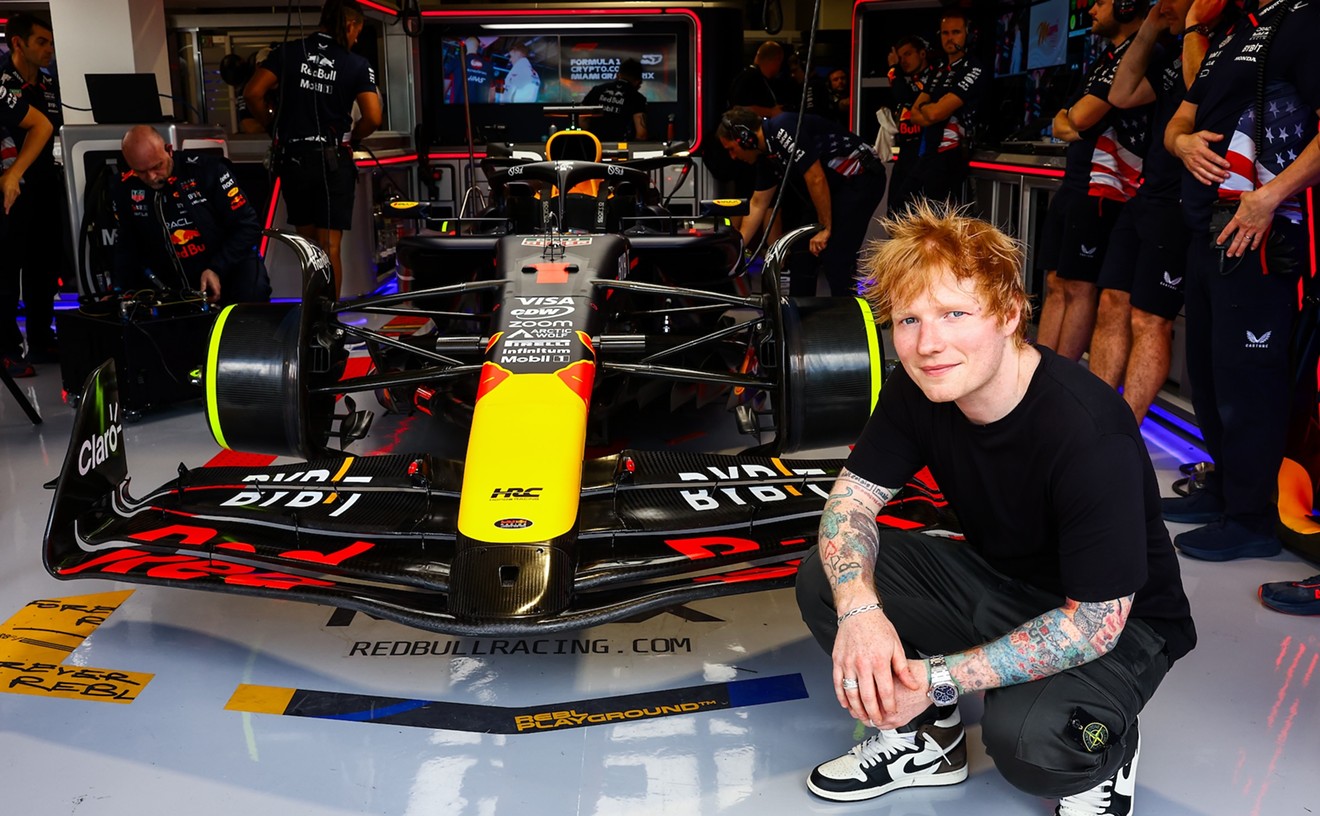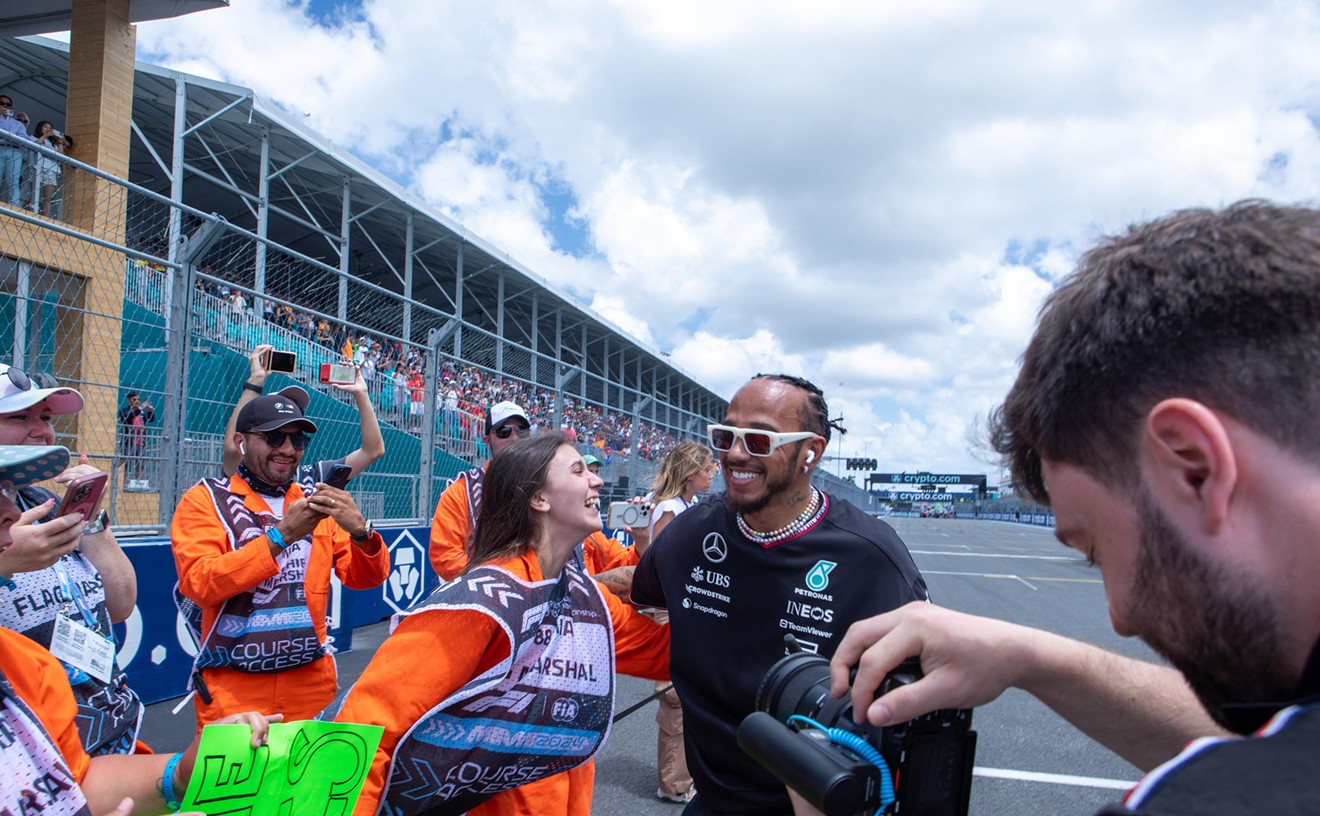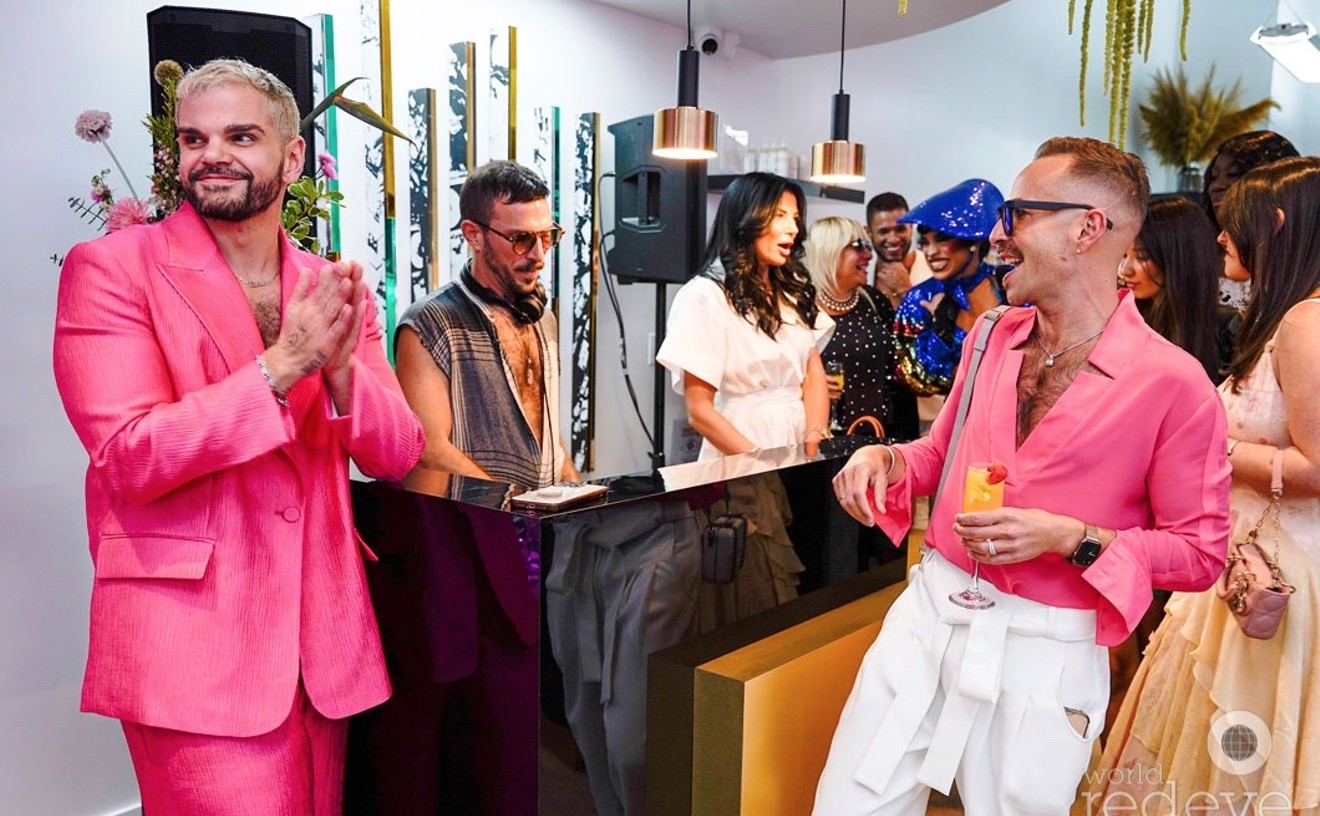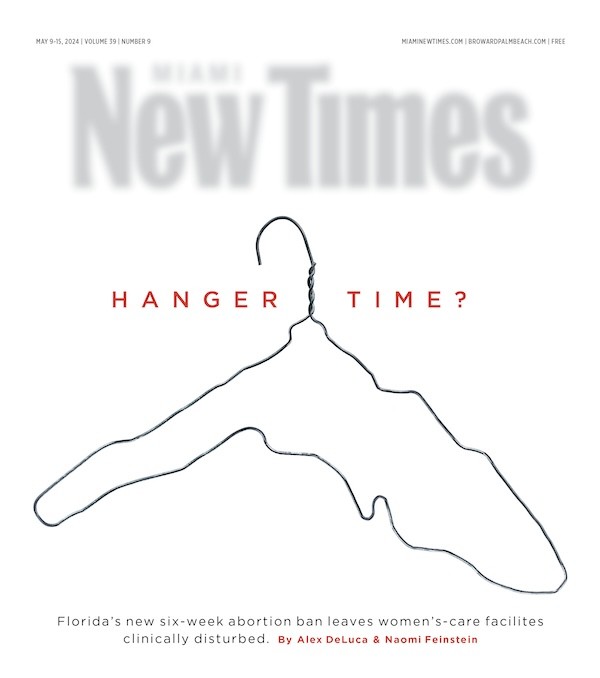Located next to the popular Ball and Chain bar, El Museo de Little Havana will be a permanent time capsule on the
Barlington Group, an urban development company founded by Bill Fuller and Martin Pinilla II, in partnership with HistoryMiami Museum, announced the plans for the museum Tuesday morning at the location site.
Resident historian of HistoryMiami Museum Dr. Paul George credits Fuller and Pinilla for bringing the museum to life.
“Bill Fuller and Martin Pinilla are both very history-minded and are also very civic-minded, which, I think, has played a major role in this whole thing,” explained George. “I think they understand that the neighborhood has a multilayered history.”
And it is this vast, diverse history that most people may find the most surprising to discover at the museum. Tourists have flocked to the area in greater numbers within the past year, typically experiencing Calle Ocho’s Cuban cuisine, art, cigar stores, Domino Park, colorful cock statues, and most recently, its popular ice cream parlor Azucar. But the founders of El Museo de Little Havana want people to know there is more to Calle Ocho.
“It’s not just Little Havana,” explained George. “If you look at the north side of Calle Ocho, that was Riverside, and that began 115 years ago. And if you look at the south side, which was known as Shenandoah, that began close to 100 years ago in terms of development. So, there are layers of history [that] HistoryMiami wants to capture on that site.”

The exhibition will be comprised of photographs and artifacts from the HistoryMiami Museum.
Michele Reese, HistoryMiami
“The museum will depict the history of the area going back to the
The museum opens at a time of sociopolitical change, both in Cuba and the United States. With flights transporting people between Cuba and South Florida daily and an increased curiosity worldwide about Cuban culture, the timing of this museum comes as no surprise.
But according to George, who leads historical tours in neighborhoods across Miami, an accurate portrayal of the history of Little Havana is hard to find.
“When I give tours there, I’m really detailed. But I think a lot of the tours probably don’t go into as deep of detail as what I do there. But now you’ve got this whole graphic representation where you can point to things, not just me, but other tour guides, who can explain, ‘This was the way it was; look at this strong presence you had of Jewish people’ or whatever it might be.”
So who first resided in Little Havana: Cuban or Jewish immigrants? George has the answer: Jewish people immigrated to Miami first (but don’t tell your Cuban
“I mean, my gosh, within a three-mile radius at one point in the '50s, you had four synagogues!” said George.
El Museo de Little Havana
Set to open in winter 2017 at 1637 SW Eighth St. in Little Havana. Admission will be free. Visit barlingtongroup.com or historymiami.org.

